Non-venomous snakes represent the majority of snake species worldwide, and their diverse diets play a crucial role in maintaining ecological balance across various habitats. Unlike their venomous counterparts that rely on toxins to subdue prey, non-venomous snakes have evolved fascinating alternative hunting strategies and dietary preferences. From tiny insects to medium-sized mammals, these remarkable reptiles have adapted to consume an impressive variety of prey items depending on their species, size, habitat, and geographic location. This exploration of non-venomous snake diets reveals not only their ecological importance as both predators and prey but also highlights the remarkable evolutionary adaptations that allow them to thrive in diverse environments around the world.
Small Rodents: The Dietary Staple
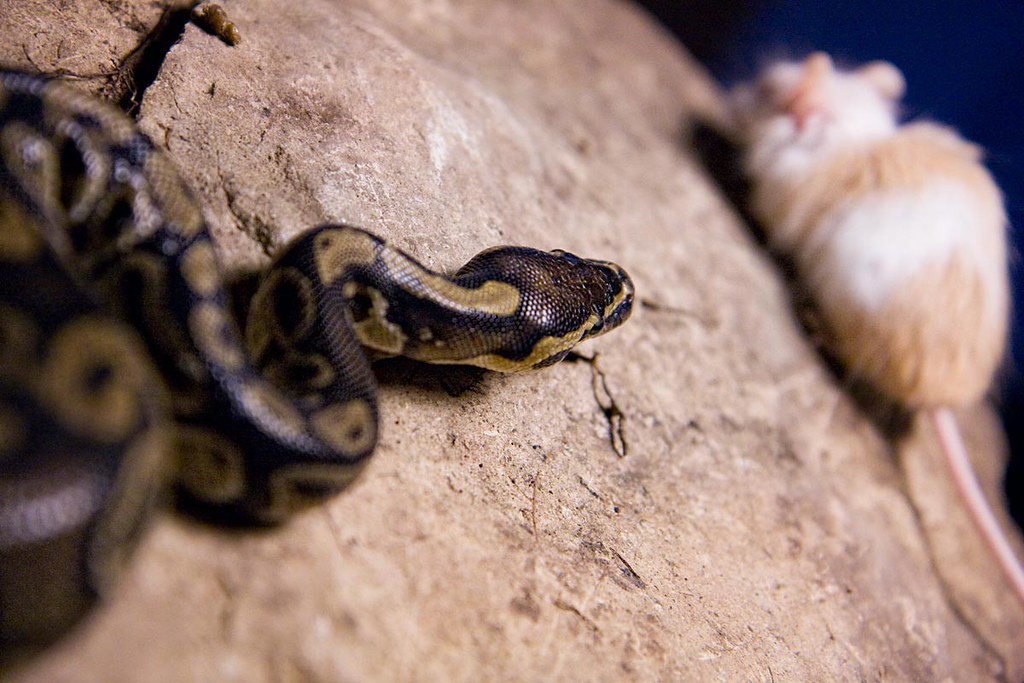
For many non-venomous snake species, small rodents form the cornerstone of their diet in the wild. Rat snakes, king snakes, corn snakes, and many python species primarily target mice, rats, voles, and other rodents that are abundant in their habitats. These snakes play a vital ecological role as natural pest controllers, helping to regulate rodent populations that might otherwise damage crops or spread disease. Most rodent-eating snakes are constrictors, meaning they capture their prey by coiling around it and applying pressure until the animal suffocates, rather than using venom. Some larger species like ball pythons and boa constrictors can tackle surprisingly large rodents relative to their own body size, demonstrating remarkable jaw flexibility that allows them to swallow prey whole.
Birds and Their Eggs
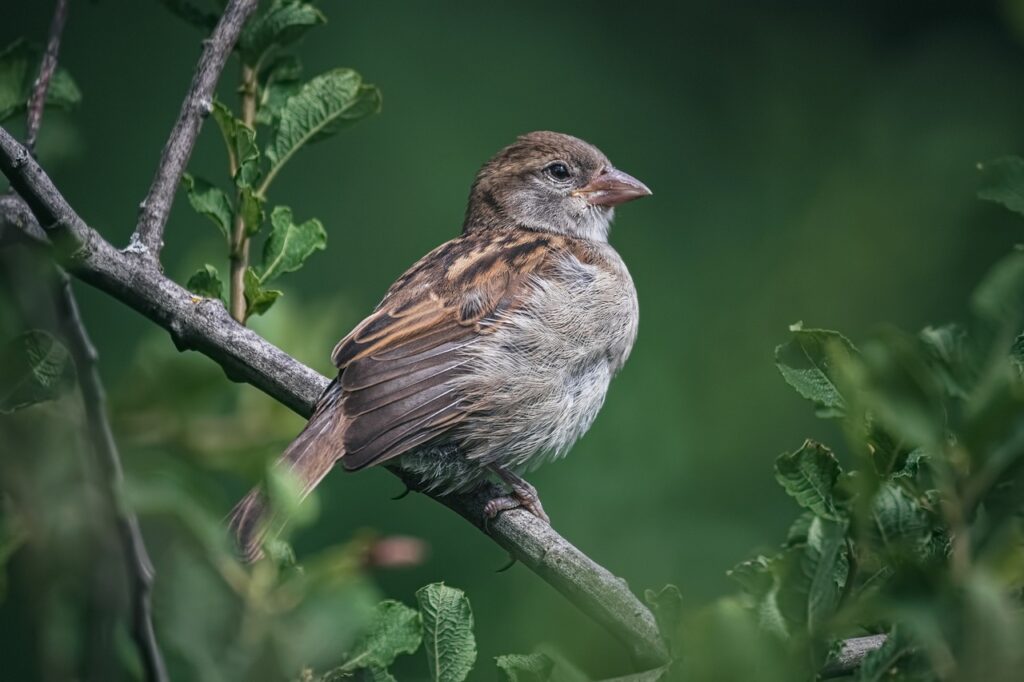
Many arboreal (tree-dwelling) non-venomous snakes have evolved to include birds and their eggs in their diet. Species like the North American rat snake and various racers are adept climbers that raid bird nests for both eggs and nestlings. Some snake species have specialized in egg consumption, such as the African egg-eating snakes (genus Dasypeltis), which possess unique adaptations including specialized vertebral projections that crack eggs after they’re swallowed whole.
These remarkable snakes can consume eggs that appear too large for their bodies, extracting the nutritious contents before regurgitating the empty shell. For ground-dwelling species, ground-nesting birds and their eggs present occasional opportunistic meals, especially during breeding seasons when these resources become more abundant.
Amphibians as Prey
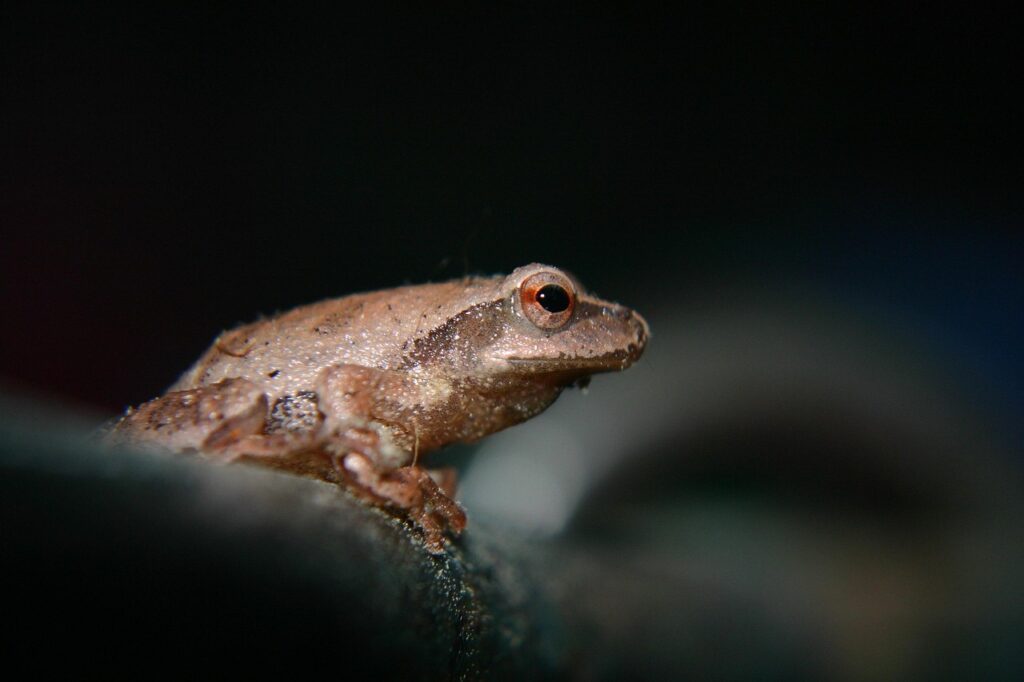
Frogs, toads, and salamanders constitute a significant portion of many non-venomous snakes’ diets, especially for species that live near water sources. Garter snakes, ribbon snakes, and water snakes frequently target amphibians, with some species developing resistance to the toxins naturally present in certain toad species. For juvenile snakes of many species, small frogs and tadpoles often serve as important early food sources that are manageable for their smaller body size. Semi-aquatic snake species have evolved specialized hunting techniques to capture amphibians both in water and on land, making them versatile predators. Some snakes, like the North American hognose snake, have even developed specialized rear fangs to puncture the inflated bodies of toads that would otherwise be difficult to consume.
Fish and Aquatic Prey
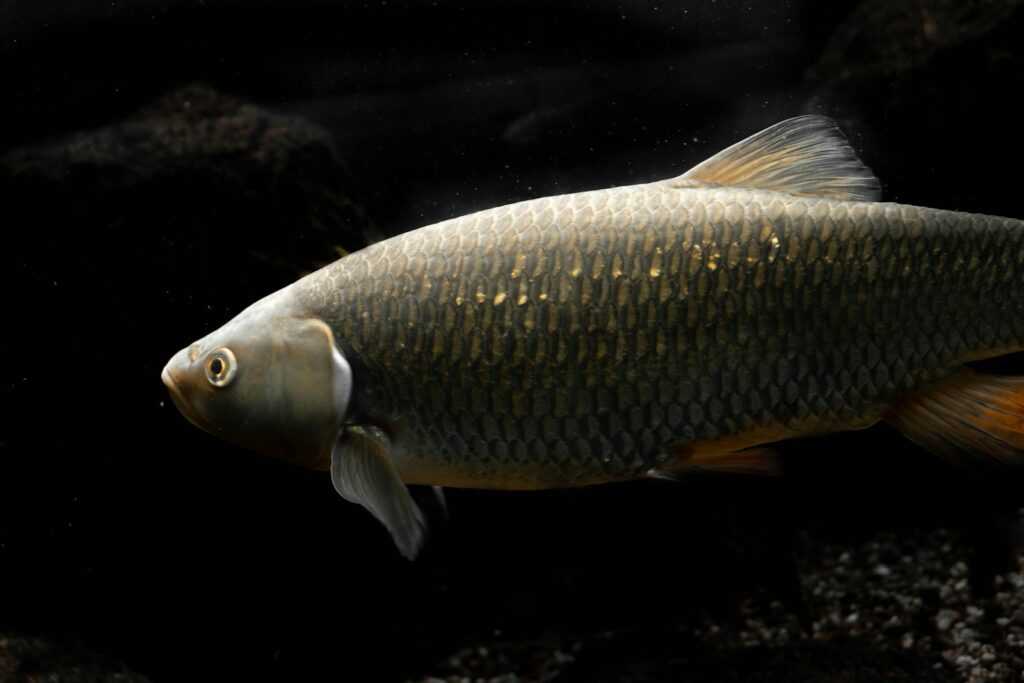
Aquatic and semi-aquatic non-venomous snakes have adapted remarkably to hunt and consume fish as their primary food source. North American water snakes (genus Nerodia), Asian water snakes, and the South American anaconda all include fish in their diets, with some species being almost exclusively piscivorous (fish-eating). These snakes possess specialized sensory adaptations that allow them to detect the movements of fish underwater, including pressure-sensitive receptors along their bodies. When hunting, aquatic snakes can remain submerged for extended periods, striking with impressive speed to capture fast-moving fish. Some species have even evolved specialized digestive systems to process the unique nutritional composition of fish, which differs significantly from that of terrestrial prey.
Reptilian Prey Items
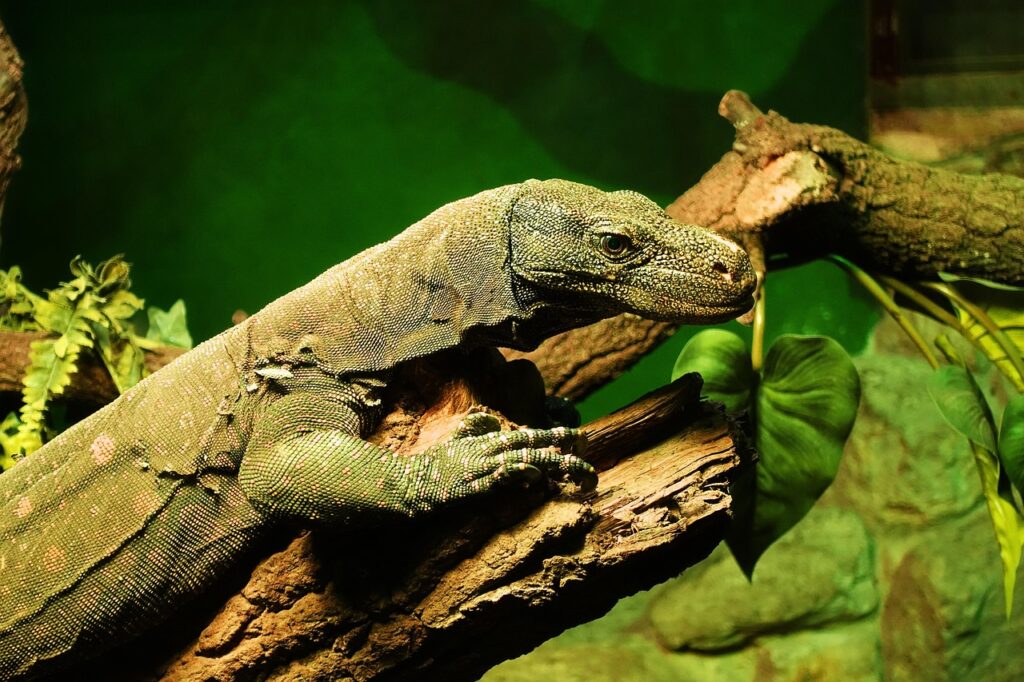
Cannibalism and predation on other reptile species are not uncommon among non-venomous snakes in the wild. Kingsnakes are famous for their ophiophagous (snake-eating) habits and have evolved immunity to the venom of many dangerous species, allowing them to prey on both venomous and non-venomous snakes. Several large constrictors will opportunistically consume lizards of various sizes, from small geckos to substantial monitor lizards. Young snakes and eggs of other reptile species provide relatively defenseless, protein-rich meals for many snake species. Some specialized feeders, like the Eastern indigo snake of North America, actively seek out other reptiles as preferred prey items, demonstrating the complex predator-prey relationships that exist even within the reptile class.
Insects and Invertebrates
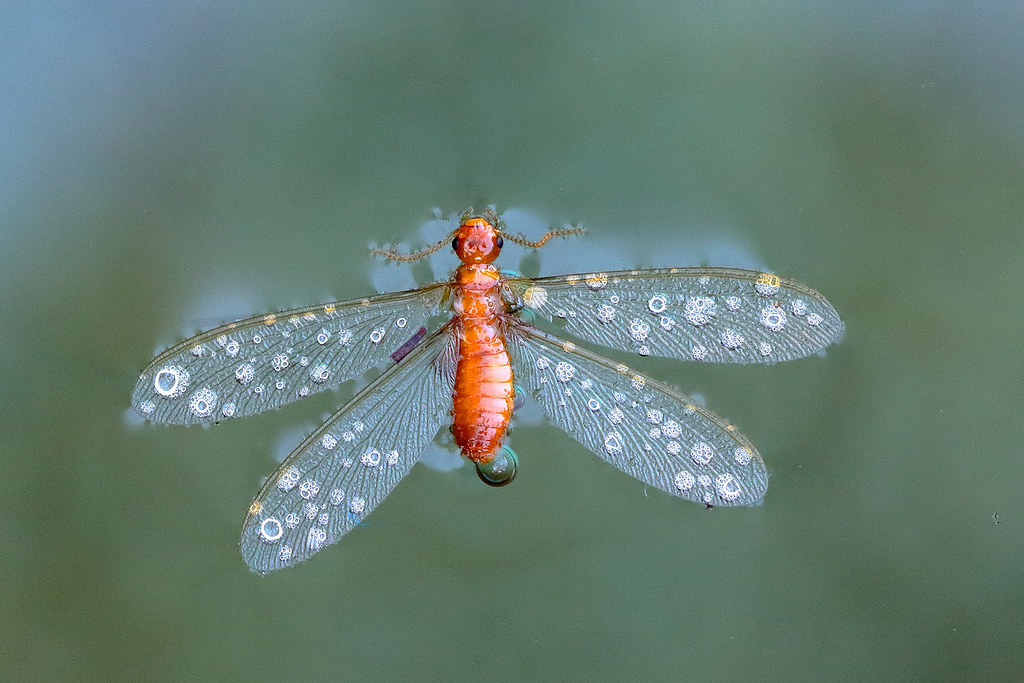
Smaller non-venomous snake species and juveniles of larger species often rely on insects and other invertebrates as primary food sources. Rough earth snakes, worm snakes, and blind snakes specialize in consuming soft-bodied invertebrates like earthworms, termites, ant larvae, and various insect species. These snakes have evolved specialized feeding mechanisms, including modified teeth and jaws that allow them to extract prey from underground burrows or tight spaces. For many juvenile snakes, insects provide an appropriately sized meal during their early growth stages before they transition to larger prey. Some specialized feeders, like the aptly named slug-eating snake, have developed dietary preferences for specific invertebrates that other predators typically avoid.
Larger Mammals
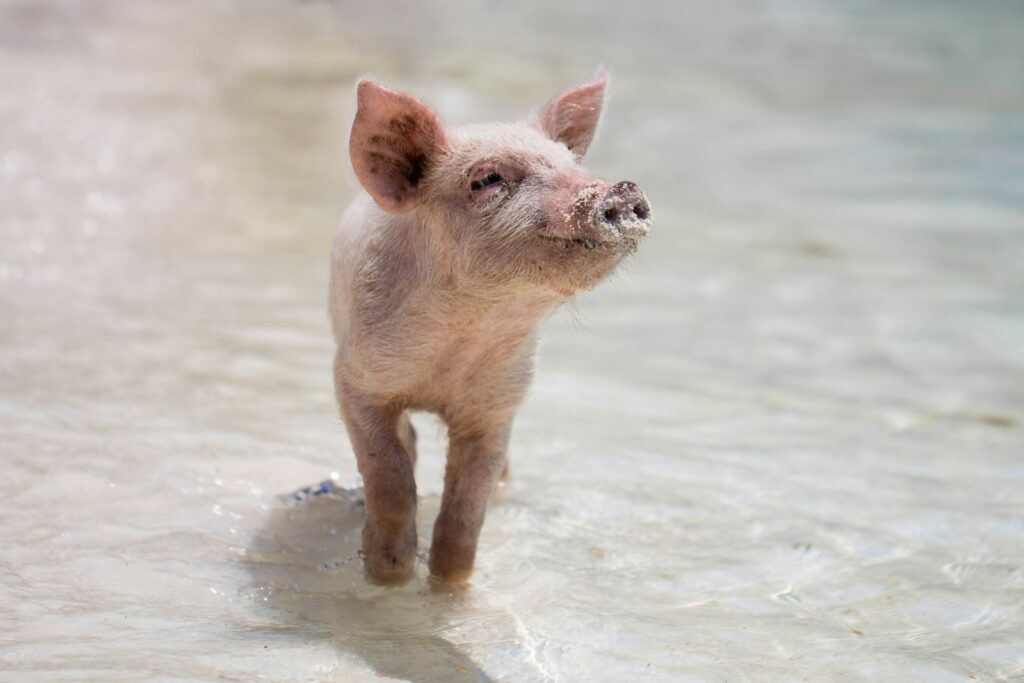
Large non-venomous constrictors demonstrate impressive predatory capabilities by capturing and consuming substantial mammalian prey. Species like the reticulated python, Burmese python, and anaconda can overpower and consume animals as large as deer, pigs, and even occasionally small livestock or primates. These enormous meals provide significant nutritional benefits, allowing the snake to go extended periods—sometimes months—between feedings. The predation process for large mammals involves ambush tactics, powerful constriction to subdue the prey, and a remarkable ability to distend their jaws to accommodate prey items that may exceed the snake’s own body diameter. Digestive processes for such large meals are protracted affairs, with specialized stomach acids and digestive enzymes working to break down bones, hair, and other tissues over periods that can last weeks.
Dietary Shifts Through Life Stages
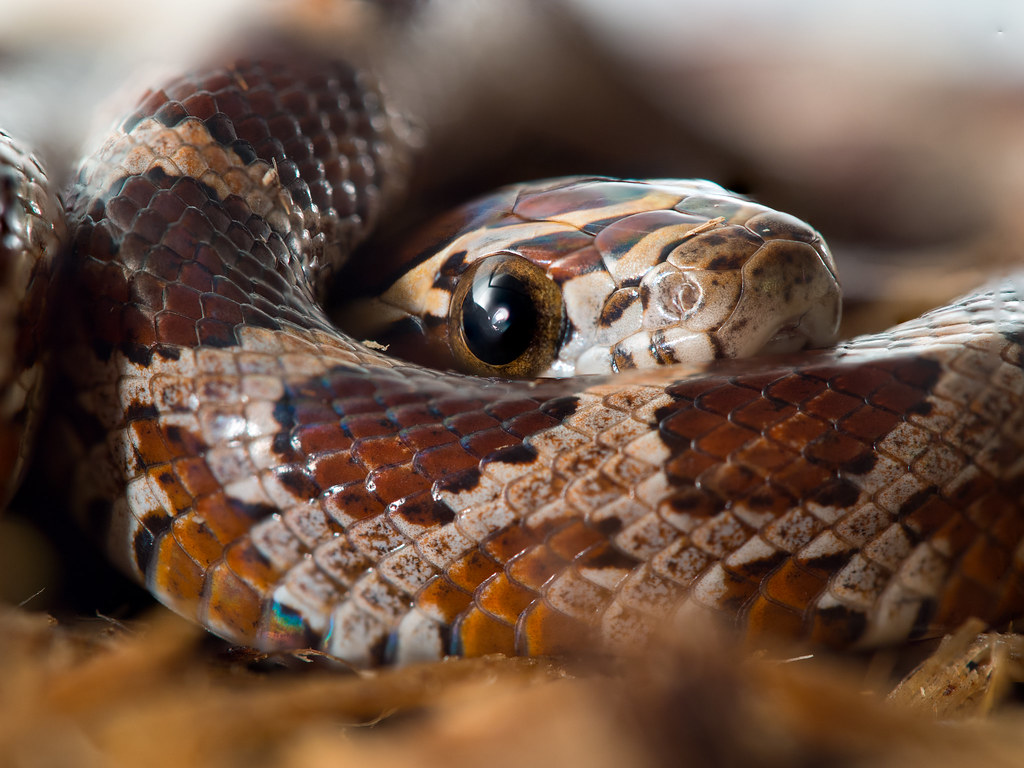
Many non-venomous snake species undergo significant dietary changes as they mature from juveniles to adults. Newly hatched or born snakes typically begin with proportionally smaller prey items like insects, small amphibians, or nestling mice before graduating to larger prey as they grow. This dietary progression is often necessitated by the physical limitations of a young snake’s jaw size and body strength.
Some species display more dramatic shifts, such as the North American hognose snake, which feeds predominantly on amphibians as adults but may consume more invertebrates as juveniles. These ontogenetic (developmental) dietary shifts allow young snakes to avoid competition with adults of their own species while still accessing nutritionally appropriate food sources. For some species, these changing dietary preferences also correspond with habitat shifts as the snake matures.
Opportunistic Feeding Strategies
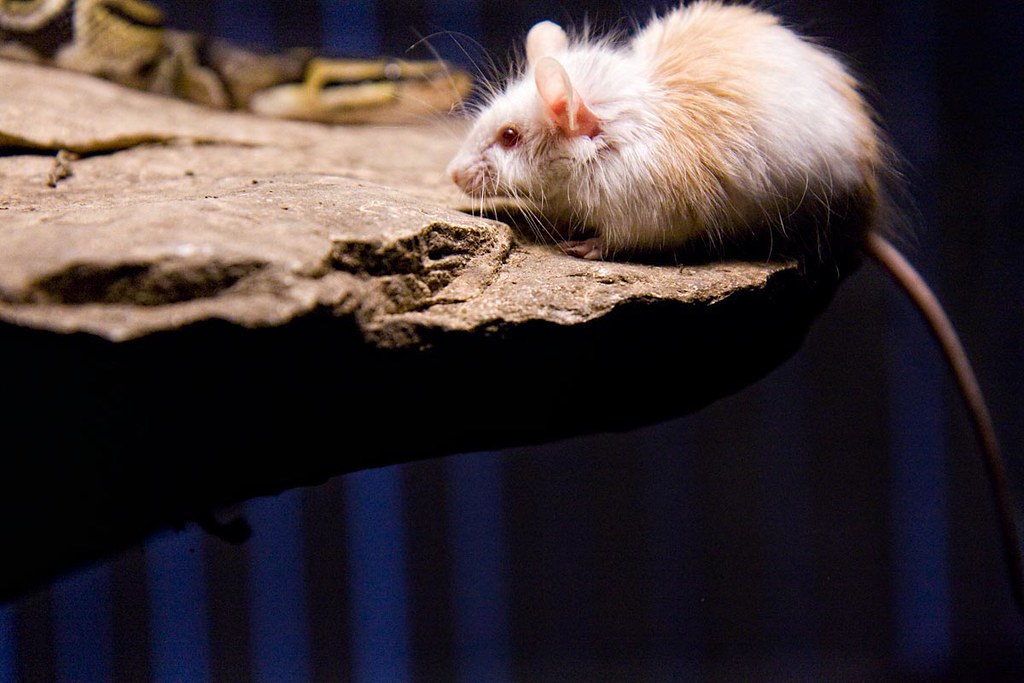
While many non-venomous snakes have preferred prey types, most exhibit opportunistic feeding behaviors in the wild when faced with food scarcity or unexpected opportunities. A normally rodent-focused snake might not hesitate to consume a bird that crosses its path, especially during periods when its primary prey is scarce. This dietary flexibility has contributed significantly to the evolutionary success of snakes across diverse habitats worldwide.
Environmental factors such as seasonal changes, habitat disruption, or population fluctuations of prey species can all trigger shifts in feeding behavior. Some species demonstrate remarkable adaptability, with individuals adjusting their hunting techniques based on available prey—for example, a typically terrestrial hunter might adopt more arboreal hunting strategies when ground-dwelling prey becomes limited.
Hunting Techniques and Adaptations
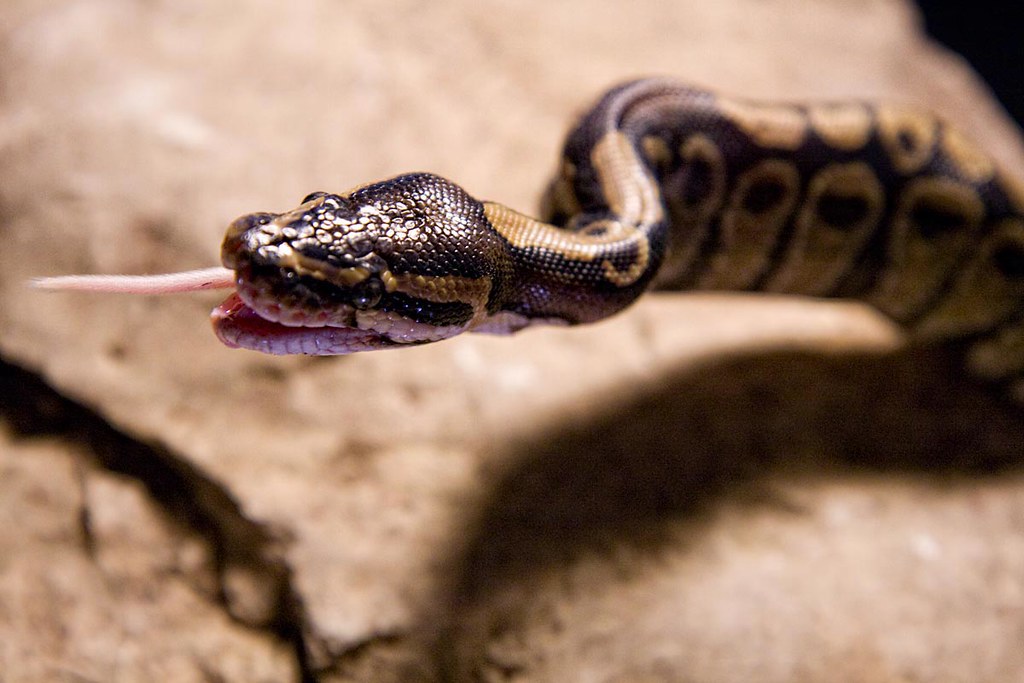
Non-venomous snakes have evolved diverse hunting strategies that compensate for their lack of venom while allowing them to capture prey efficiently. Constriction, practiced by boas, pythons, and many colubrids, involves coiling around prey and applying pressure that interrupts blood flow rather than directly suffocating the animal as previously thought. Ambush predators like many python species remain motionless for extended periods, sometimes partially buried or camouflaged, waiting for prey to come within striking distance. Active foragers such as racers and rat snakes actively search their environment for prey, using their excellent vision and sense of smell to locate food. Many non-venomous species have evolved specialized scale structures on their bellies that allow for silent movement, enabling them to approach prey without detection.
Seasonal Dietary Variations
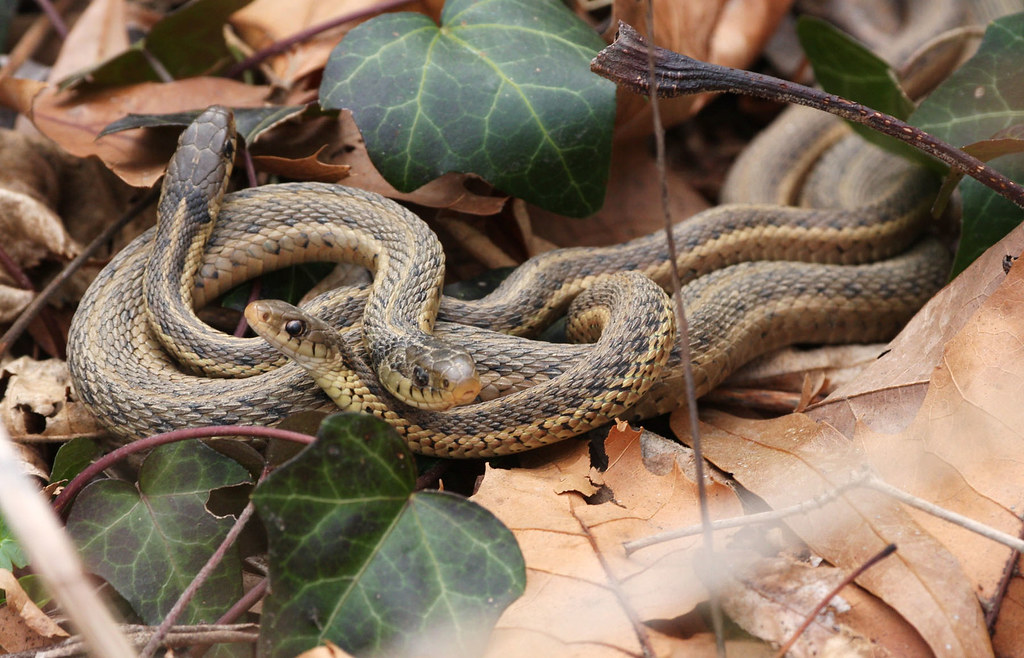
The feeding habits of non-venomous snakes often fluctuate significantly with seasonal changes in prey availability and the snake’s own physiological needs. During spring breeding seasons for amphibians, many water snakes and garter snakes capitalize on the abundance of frogs and their eggs in wetland areas. Some species in temperate regions substantially increase their feeding activity before brumation (winter dormancy), building fat reserves that will sustain them through months of inactivity.
Seasonal migration patterns of prey species can also influence snake foraging behavior, with some snakes following food sources across different habitat types throughout the year. For female snakes, dietary patterns often change during reproductive periods, with some species increasing food intake to support egg development while others may reduce feeding as they near laying or giving birth.
Geographic Variations in Diet
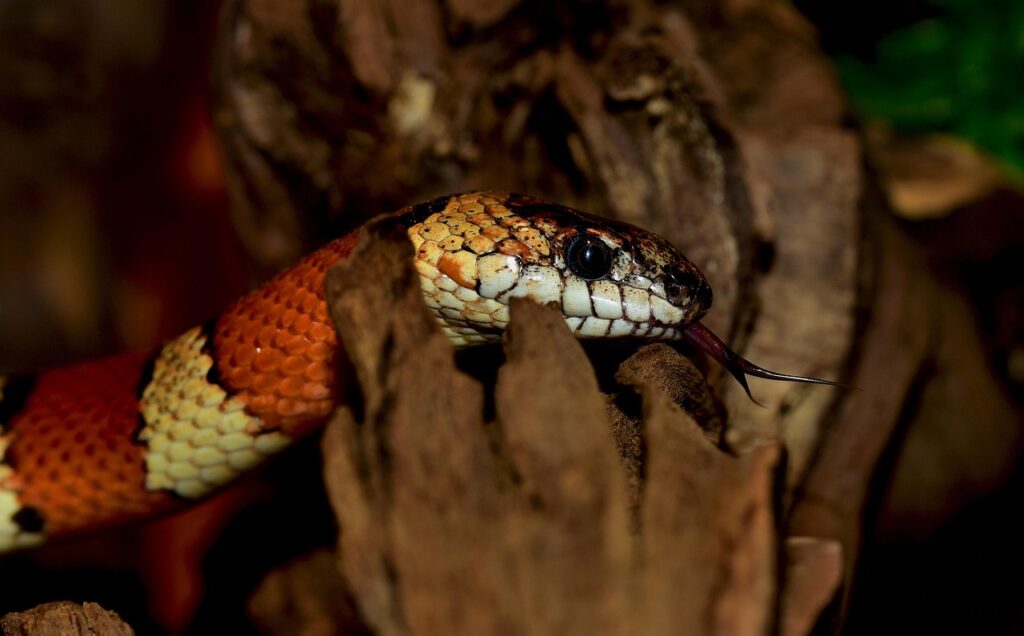
Snake species with wide geographic distributions often show remarkable regional variations in their dietary preferences based on local prey availability. The common kingsnake, found across diverse habitats in North America, may primarily consume rodents in one region while focusing on other snakes or lizards in another area where these prey items are more abundant. Island populations of snakes frequently develop specialized diets that differ from their mainland relatives, adapting to the unique and often limited prey options in isolated environments.
Some widely distributed species demonstrate evolutionary adaptations to local prey, such as differences in jaw morphology or venom composition (in species with mild venom) between populations that regularly consume different prey types. These geographic dietary variations highlight the remarkable adaptability of snakes and their capacity to exploit available food resources across diverse ecosystems.
Ecological Impact of Feeding Habits
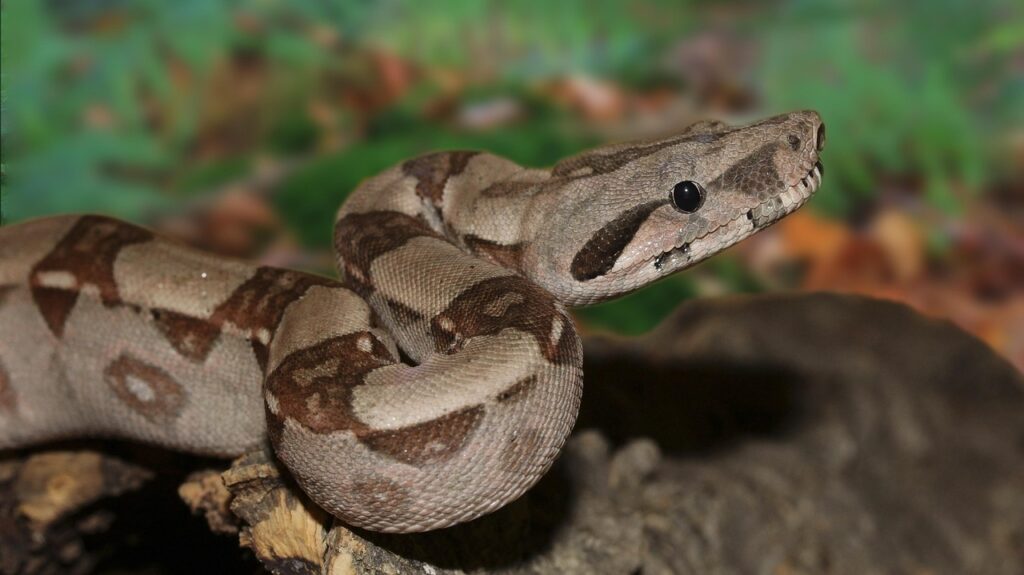
The dietary preferences of non-venomous snakes play a crucial role in maintaining ecosystem balance and biodiversity in their native habitats. As mid-level predators, these reptiles help regulate populations of potential pest species like rodents, preventing ecological imbalances that could damage plant communities or agricultural systems. Many snake species serve as important prey items themselves for larger predators like raptors, carnivorous mammals, and larger reptiles, forming vital links in food webs.
The presence of specialized feeders, such as egg-eating snakes or those that target specific invertebrates, creates unique ecological niches that contribute to overall ecosystem complexity. In some environments, the decline of native snake populations has been linked to cascading ecological effects, including irruptions of rodent populations and subsequent impacts on vegetation and competing predator species.
In conclusion, the dietary habits of non-venomous snakes represent remarkable examples of evolutionary adaptation and ecological specialization. From tiny blind snakes consuming termite larvae to massive pythons capable of swallowing deer, these reptiles have evolved diverse feeding strategies that allow them to occupy virtually every terrestrial and freshwater habitat on Earth except the polar regions. Their varied diets not only sustain their own populations but also contribute significantly to ecosystem function and stability.
As important controllers of potential pest species and themselves serving as prey for larger predators, non-venomous snakes form critical links in food webs worldwide. Understanding their feeding ecology not only provides insights into their biology but also highlights their ecological importance and the need for their conservation in increasingly threatened natural habitats.

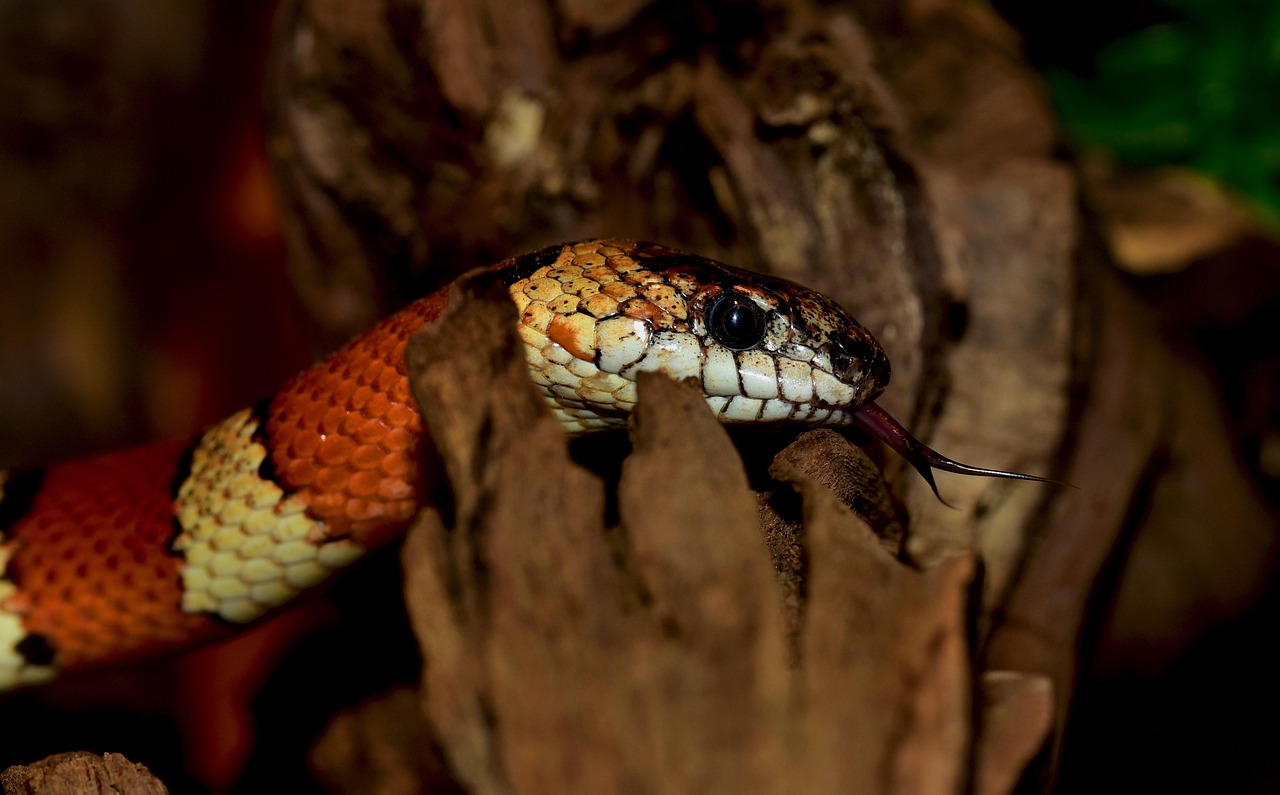
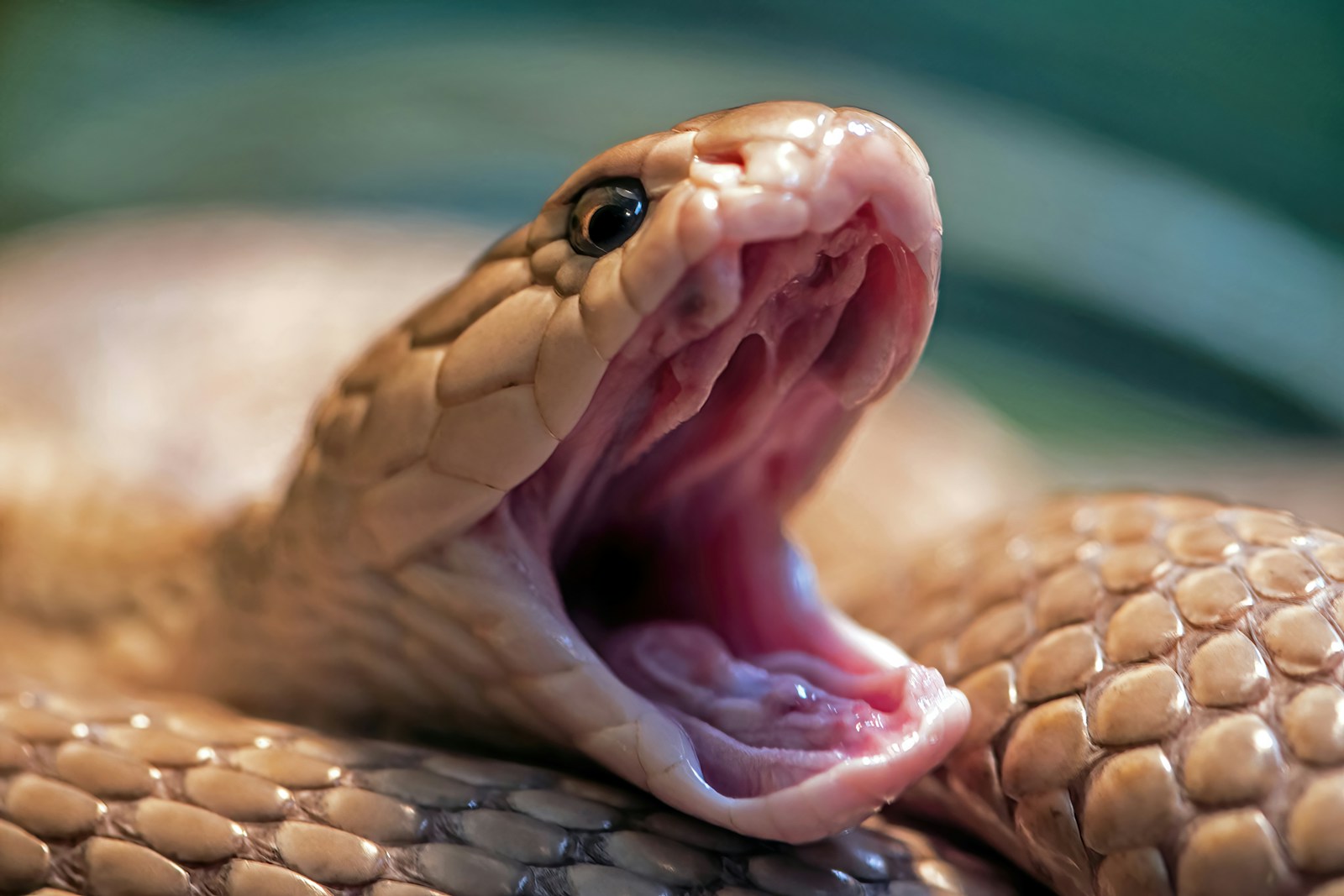
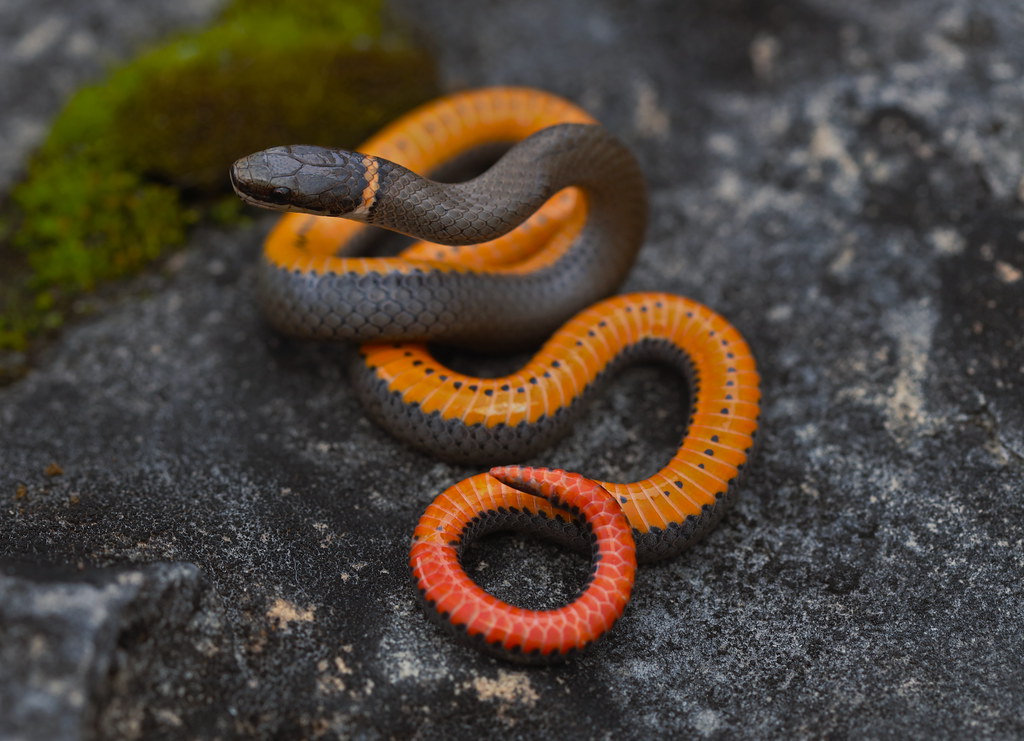
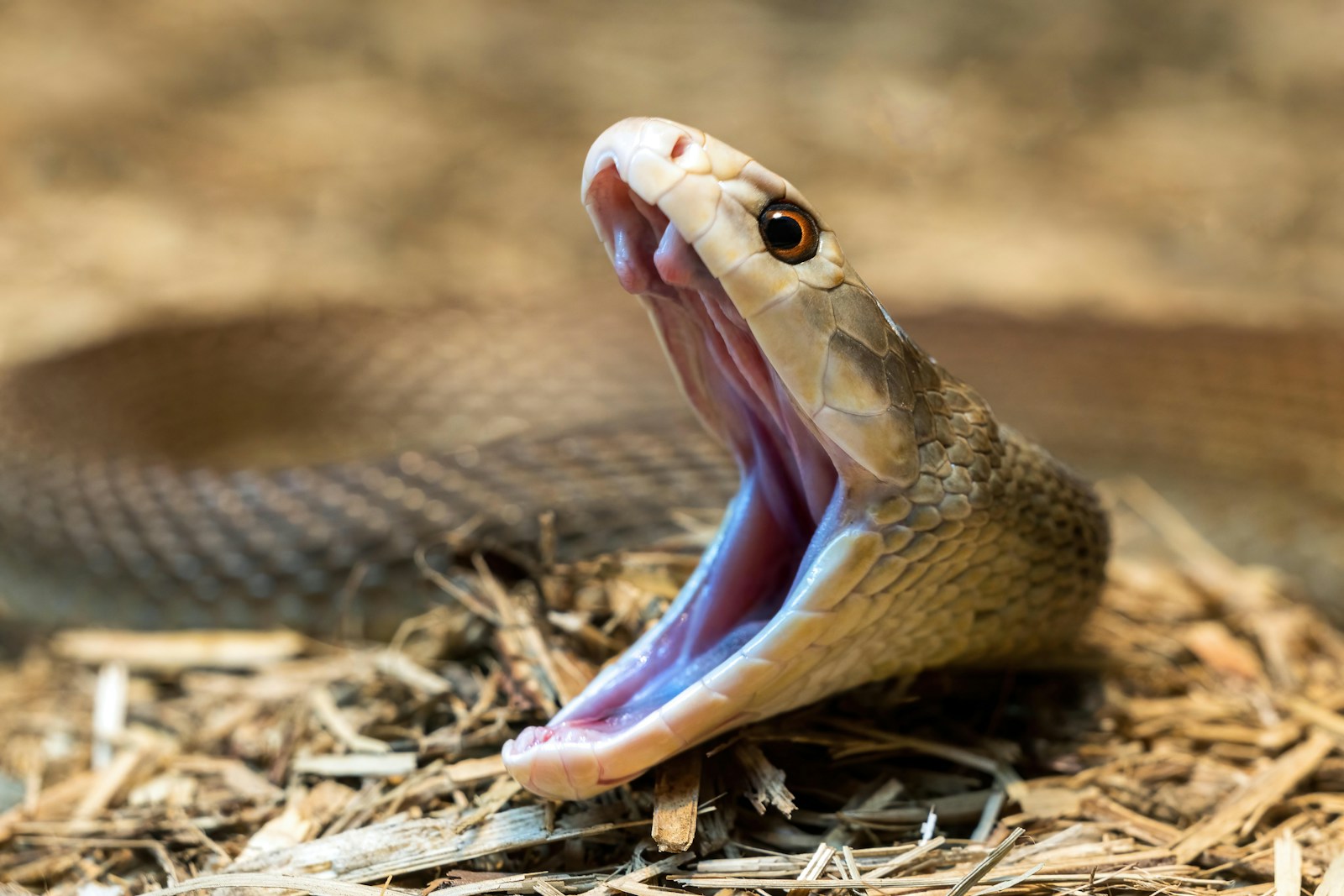
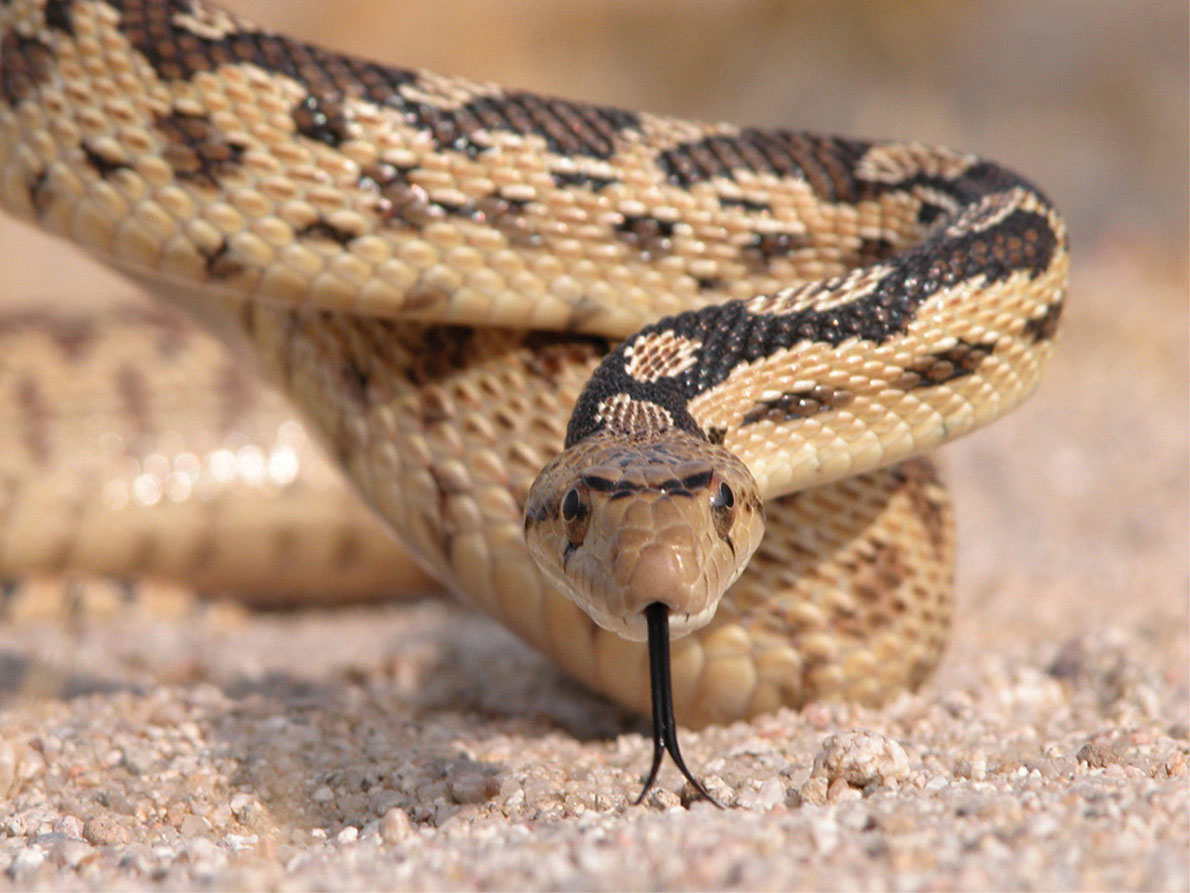
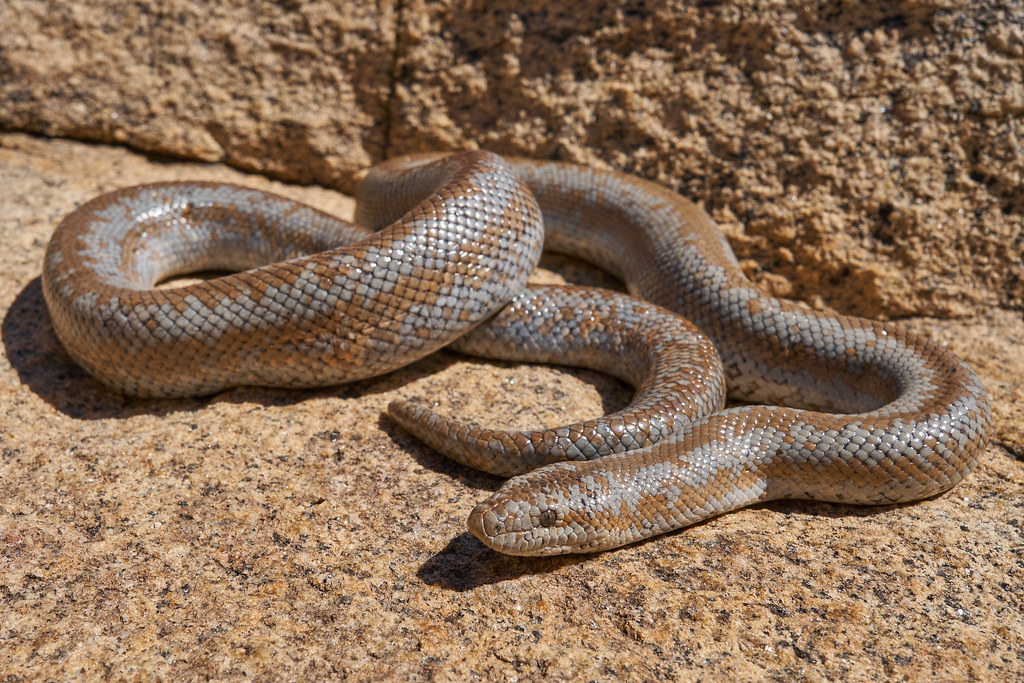
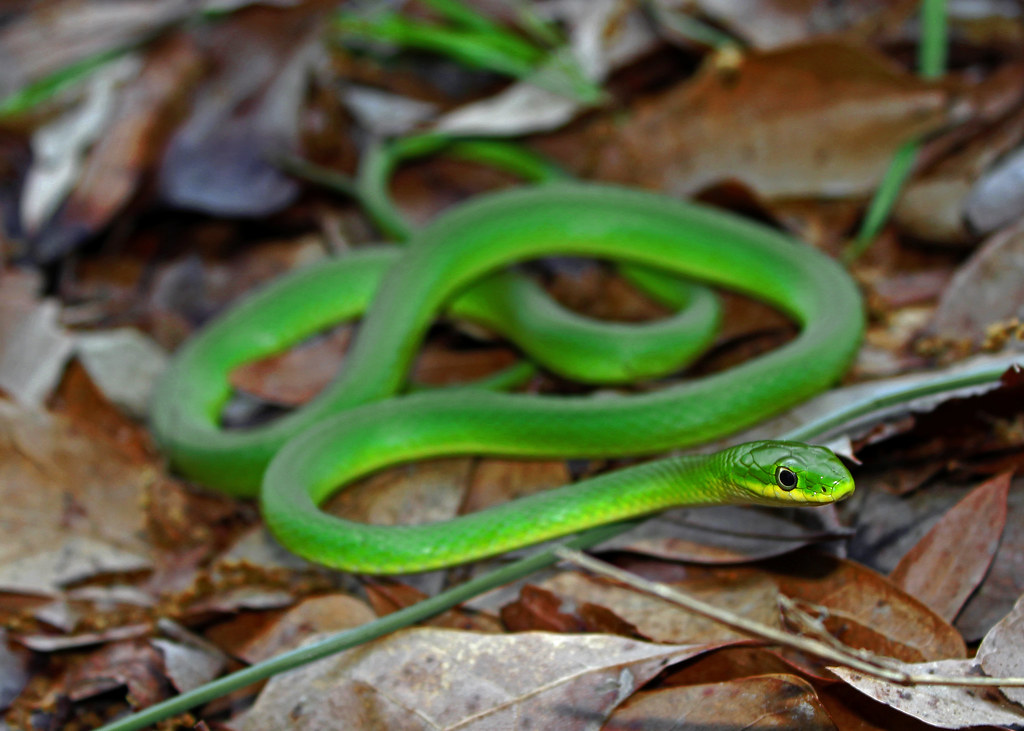

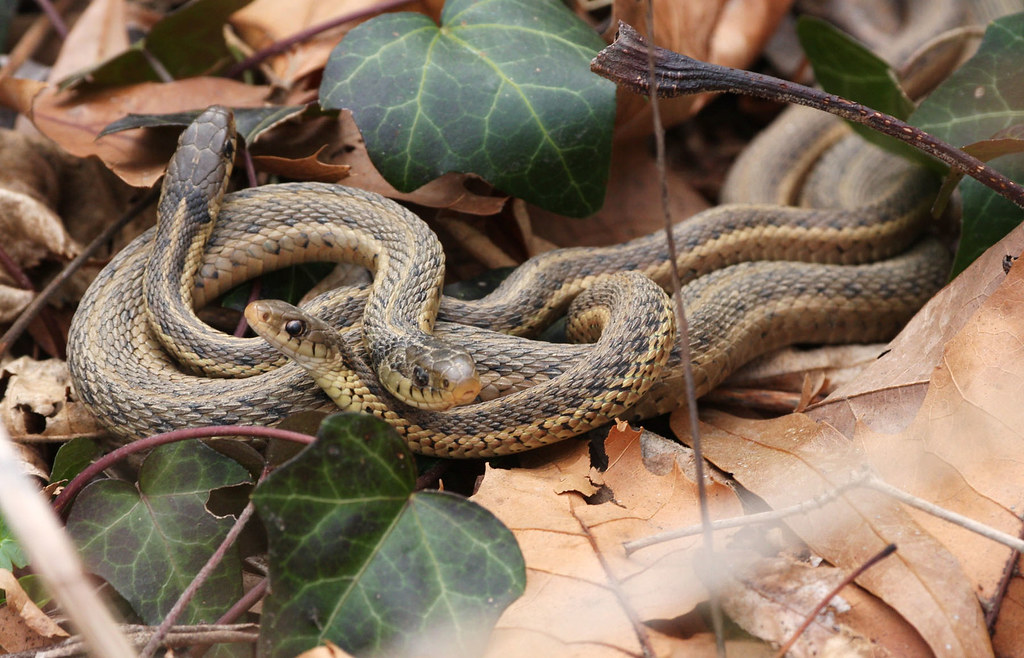
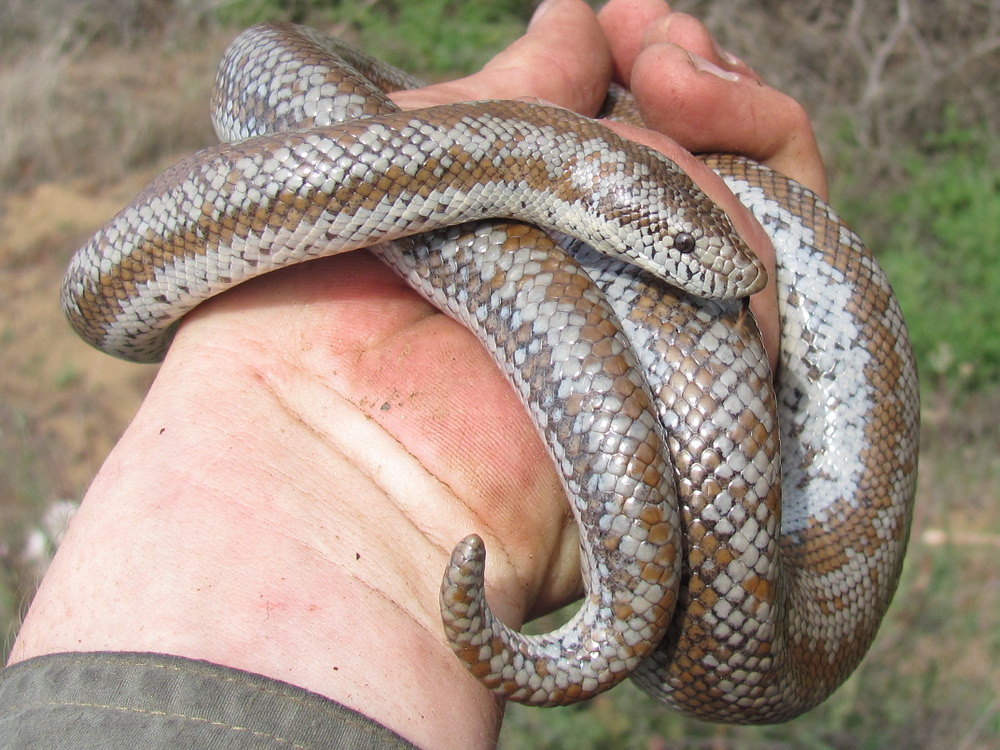
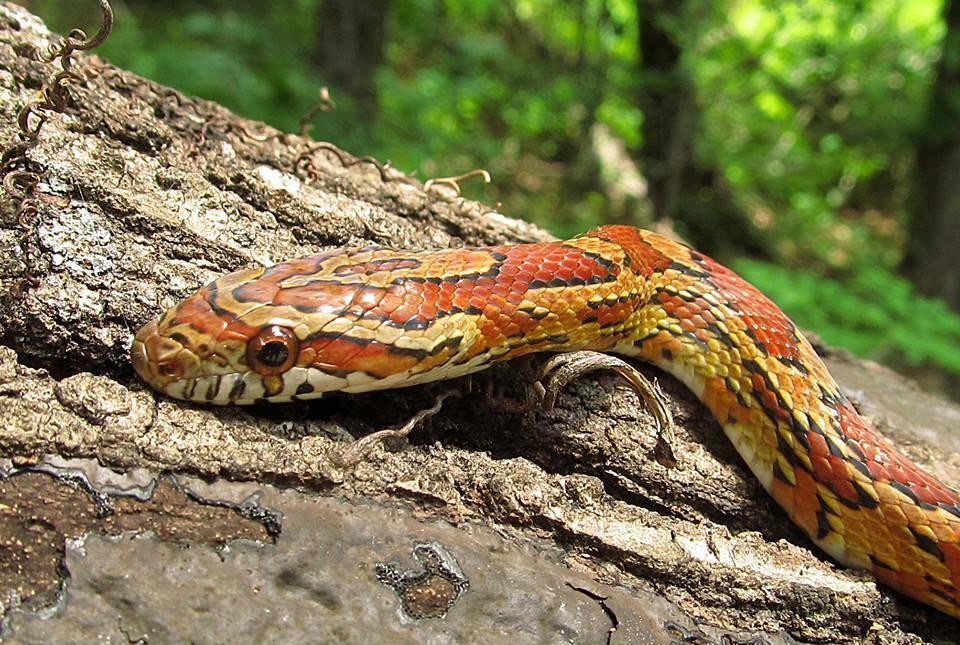




Leave a Reply